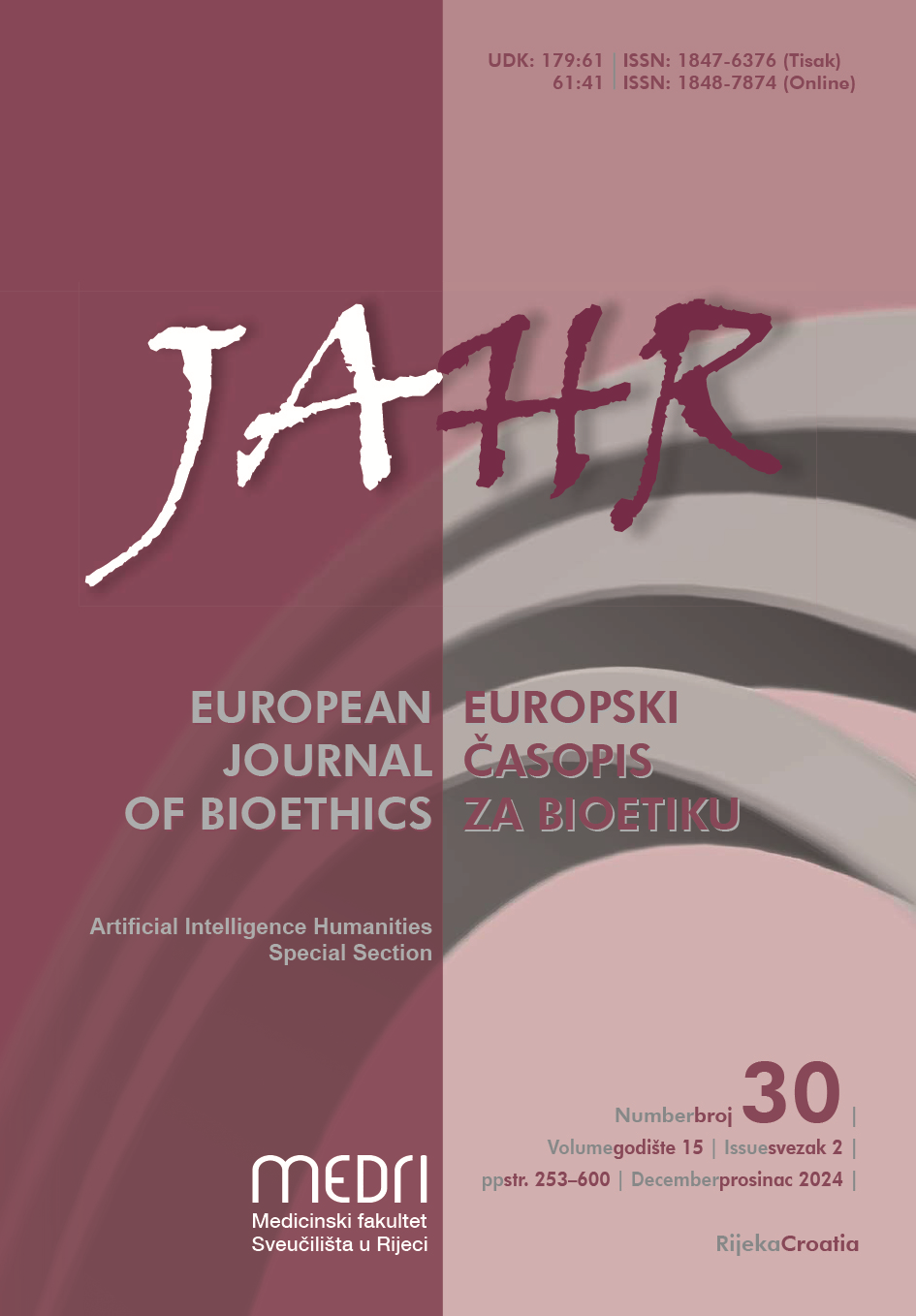Kantian Trolleyology
Keywords:
Kant's ethics, Kantian ethics, trolleyology, Kantian trolleyologyAbstract
https://doi.org/10.21860/j.15.2.9
This article examines six contemporary Kantian approaches to Judith Jarvis Thomson’s famous trolley problem, a thought experiment that continues to challenge philosophers and non-philosophers alike. The approaches analyzed include those of Paul Guyer, Pauline Kleingeld, Samuel Kerstein, Elke Elisabeth Schmidt, James Edwin Mahon, and Allen Wood. All of these philosophers attempt to reconcile Kant’s moral framework on the one side with the ethical issues raised by the trolley problem on the other. However, this article highlights and elaborates on significant challenges to each philosopher’s approach, pointing to potential flaws and inconsistencies. In engaging critically with these varied Kantian approaches, the article not only highlights their limitations, but also revisits Thomson’s original framing of the problem in order to assess the latter’s enduring significance and to delve into some of the systemic issues inherent in trolleyology. It is argued that recognizing these systemic issues is crucial for advancing a more robust Kantian solution to the trolley problem, one that remains faithful to Kantian principles while nonetheless addressing the complexities of moral decision-making in such situations.
Downloads
Published
Issue
Section
License
Authors who publish with this journal agree to the following terms:
- Authors retain copyright and grant the journal right of first publication with the work simultaneously licensed under a Creative Commons Attribution License that allows others to share the work with an acknowledgement of the work's authorship and initial publication in this journal.
- Authors are able to enter into separate, additional contractual arrangements for the non-exclusive distribution of the journal's published version of the work (e.g., post it to an institutional repository or publish it in a book), with an acknowledgement of its initial publication in this journal.
- Authors are permitted and encouraged to post their work online (e.g., in institutional repositories or on their website) prior to and during the submission process, as it can lead to productive exchanges, as well as earlier and greater citation of published work (See The Effect of Open Access).



